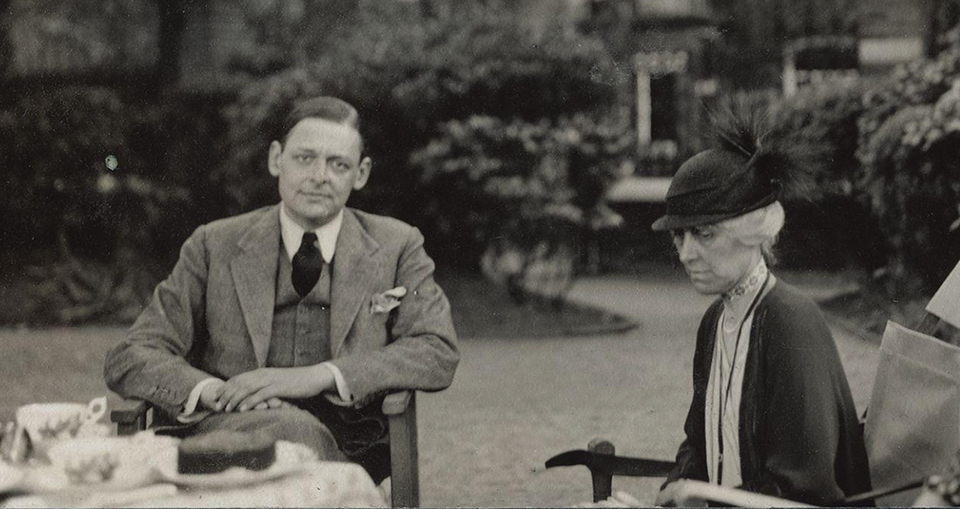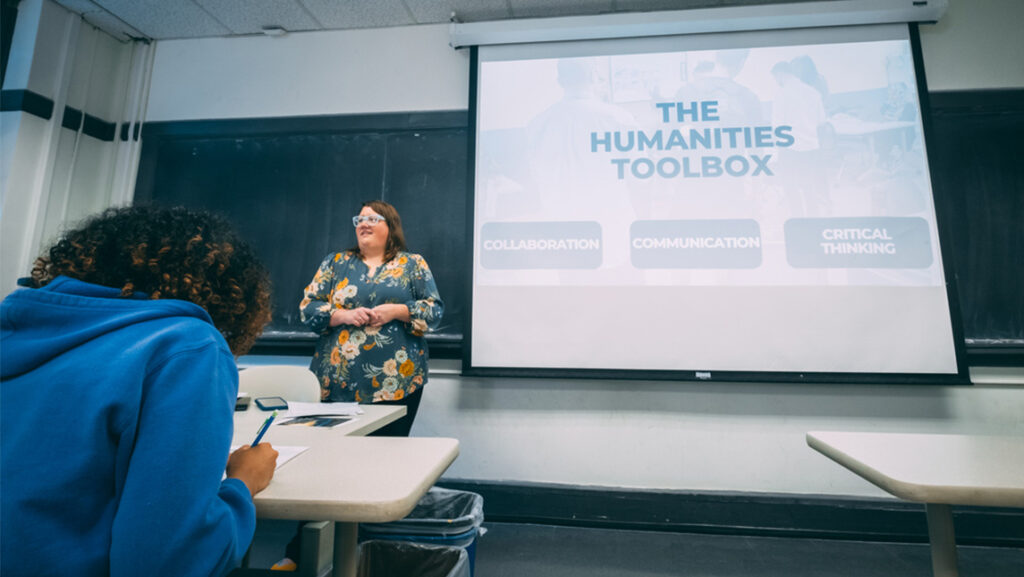Excerpt from the spring 2016 UNCG Research Magazine
“This is the most important scholarly project I will do in my lifetime.”
Anthony Cuda will never top this. He knows he’ll never even equal it. And that’s OK with the associate professor of English. He has the honor of engaging in an immense, historic project that will change how readers around the world regard T.S. Eliot.
Dr. Cuda is co-editor of a volume in the first undertaking to assemble all of Eliot’s nonfiction prose writings.
Most of Eliot’s nonfiction prose was previously uncollected, which means hundreds of items have not been republished since their first appearance in newspapers and magazines nearly a century ago. Many scholars do not know about these pieces, some of which are rare and
inaccessible.
Cuda and Dr. Ronald Schuchard, emeritus professor of English at Emory University, worked together to collect and annotate all of Eliot’s essays and literary reviews between 1919 and 1926. This 990-page volume II of The Complete Prose of T.S. Eliot: The Critical Edition is subtitled The Perfect Critic, 1919-1926.
The Modernist Studies Association named the volume winner of the 2015 MSA Book Prize for an Edition, Anthology, or Essay Collection.
In presenting the award, the association said in a citation, “A monumental work of scholarly editing, the long overdue Complete Prose of T.S. Eliot is sure to be widely used, appreciated, and admired. … While the entire edition, projected to [be] eight volumes, constitutes a major achievement and an indispensable archive, volume II is certain to be the one most used by scholars, most central to ongoing studies and re-evaluations of Eliot and the history of modernist criticism.”
Why will this volume be so enlightening? When you think of Nobel prize-winning writer T.S. Eliot, you likely think of poetry. But while The Waste Land is considered by many to be the most important poem of the 20th century, poems were actually a tiny portion of Eliot’s published works.
During the seven pivotal years from 1919 to 1926, Eliot suffered a nervous breakdown, wrote The Waste Land, and became one of the foremost literary critics in England, Cuda explains. Until now, a few Eliot essays have been widely read and deeply influential, such as “Tradition and the Individual Talent,” “The Metaphysical Poets,” and “Hamlet.” But these provide a deceptively limited viewpoint.
“I think it’s going to transform how people view Eliot,” Cuda says. “Volume II is largely literary criticism and reviews. Other volumes will feature his writings on religion, politics, culture, etc. — they will reveal just how broad his intellectual commitments ranged.
“We’ve been looking through a crack in the glass.” Only a sliver of his writings had been in print.
“This is going to reveal for readers the whole window.”




